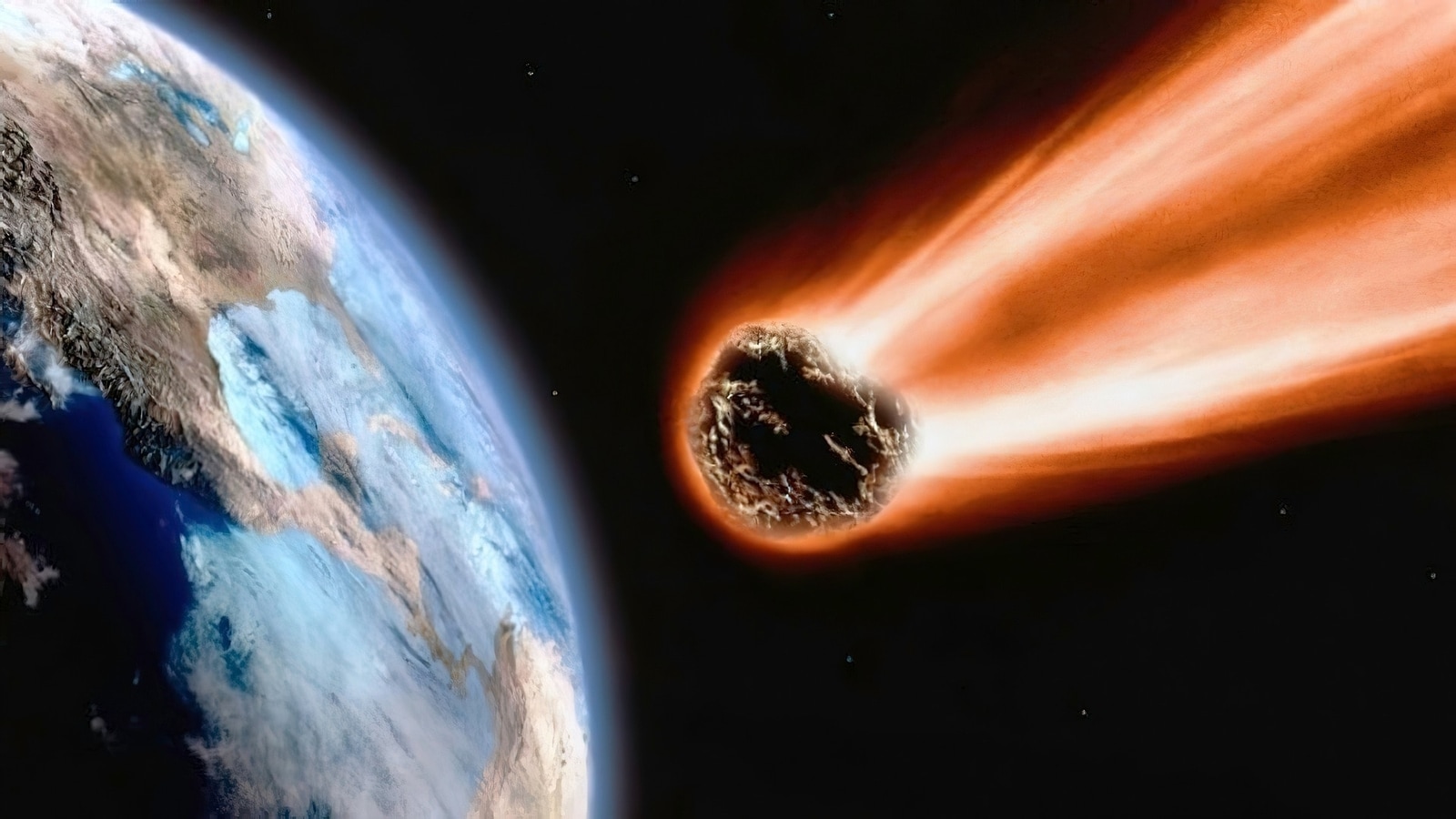NASA: Asteroid much bigger than even the humongous Burj Khalifa hurtling towards Earth
NASA has confirmed! A gigantic asteroid that is even bigger than the Burj Khalifa is moving close to Earth. Does this sky rock pose any threat to Earth?
NASA has warned about an asteroid that is hurtling towards Earth, which is expected to reach in the next few days. Though there are a total of 5 asteroids that will make their closest approach to our planet in the upcoming days, Asteroid 7335 (1989 JA) is one of the biggest near-Earth objects. This asteroid measures 1,036 metres in diameter. For comparison, it is even bigger than the size of the Burj Khalifa, the tallest building on the planet located in Dubai. The height of the Burj Khalifa measures 830 metres. Also Read: Tragedy averted! NASA cancels spacewalks after water fills up astronaut’s helmet
NASA confirmed that this mammoth asteroid will make its nearest approach to our planet on May 27 which will be the closest since its discovery. Asteroid 7335 was discovered on May 1, 1989, and is one of the thousands of space rocks that have been flagged as potentially hazardous asteroids by NASA. These giant rocks in space, known as asteroids and comets travel around the Sun and even sometimes change their paths due to the gravitational force of planets and thereafter, crash into them. Though these space rocks rarely collide with Earth, when they do, it can be a nightmare- after all, they killed off all the dinosaurs. That’s why, even when an asteroid with a diameter of over 150 metres travels close to Earth, NASA identifies it as potentially hazardous and keeps a close eye on it. That’s why Asteroid 7335 comes in this category. Also Read: NASA Voyager 1 space probe sends data to Earth that shocks scientists!
But does this asteroid pose any risk to Earth?
Near the end of May, Asteroid 7335 will come within 2.5 million miles of the Earth. How close is it? Very close, indeed. Just over 10 times farther away than the distance between the moon and the Earth. And thankfully, NASA said that it will safely pass by the Earth with no potential threat of impact. In fact, this sky rock will be a great opportunity for scientists to better observe the asteroid due to its close approach.
Not just scientists, but skywatchers will also have a golden chance to spot this asteroid in the sky. Looking up in the sky to catch a glimpse of this giant asteroid? You will find it in the southern sky near the constellation Hydra on May 27. However, it will not be bright enough to see with your naked eyes, hence this giant asteroid can be seen via a good telescope.
For all the latest Technology News Click Here

